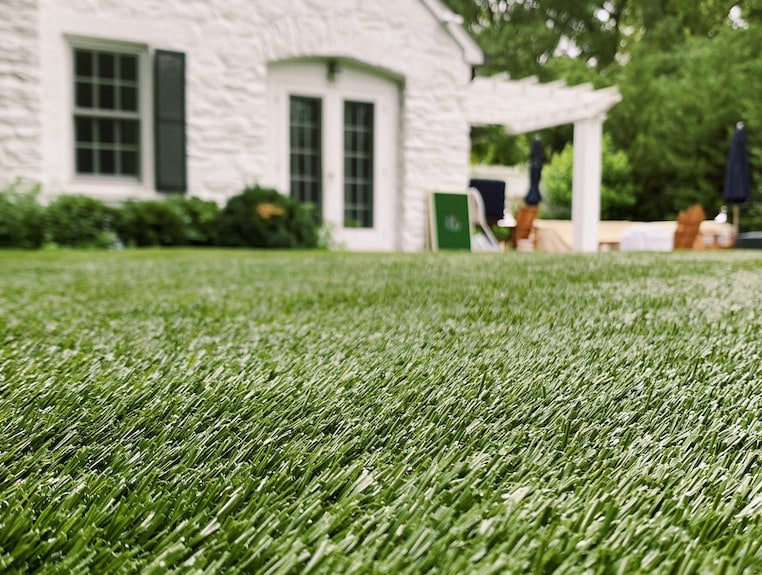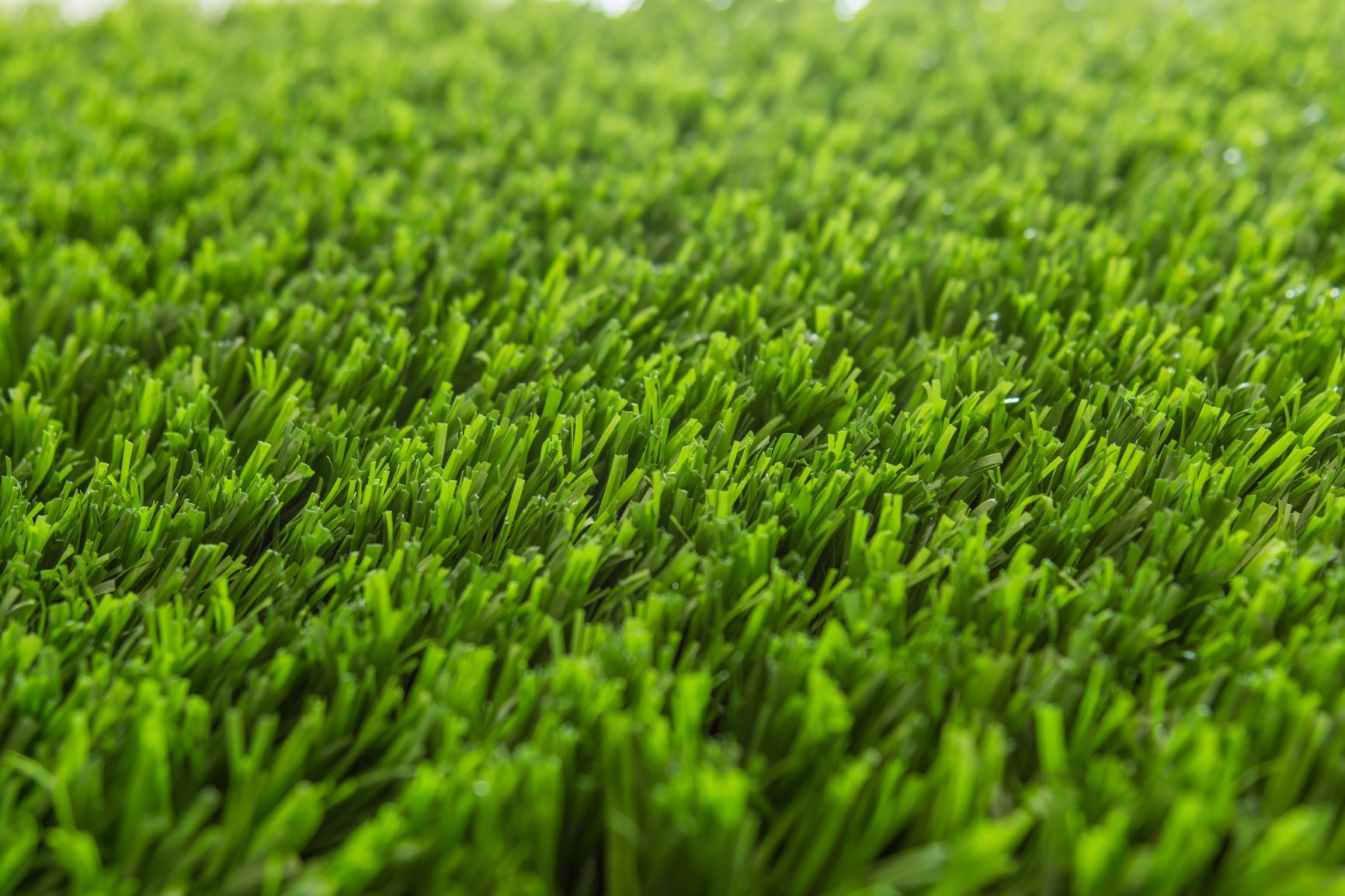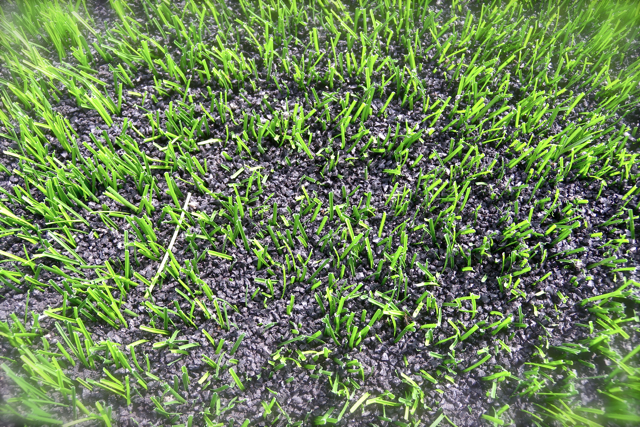Top-Rated Phoenix Turf Companies Specializing in Synthetic Grass Solutions
Top-Rated Phoenix Turf Companies Specializing in Synthetic Grass Solutions
Blog Article
Delve Into the Environmental Perks of Opting for Synthetic Grass Solutions
The fostering of synthetic grass remedies offers an engaging opportunity to deal with pressing environmental challenges. By significantly lowering water use and minimizing the application of damaging chemicals, these choices not just advertise lasting landscape design but additionally safeguard neighborhood ecosystems. Moreover, the reduced carbon footprint connected with reduced maintenance tasks contributes to a more lasting technique to land monitoring. Nonetheless, the ramifications of these advantages prolong beyond plain conservation initiatives, raising questions concerning their long-term impact on environment preservation and total ecological equilibrium. Discovering these dimensions exposes a complicated interaction worth thinking about.
Water Conservation Perks
Among the most considerable benefits of fabricated grass is its capacity to save water. Standard lawn yards call for considerable watering, especially in locations vulnerable to dry spell or water restrictions. On the other hand, fabricated lawn does not require watering, considerably decreasing the general need for water resources. This feature is particularly useful in arid areas where water deficiency is a pressing issue.
By removing the requirement for regular watering, synthetic grass contributes to lasting landscape techniques and helps reduce the ecological impact of too much water consumption. Additionally, the conservation of water includes the decrease of runoff, which can cause dirt erosion and waterway contamination.
Furthermore, the installment of man-made grass allows house owners and districts to assign water resources extra efficiently, focusing on necessary usages such as alcohol consumption water and agriculture. The shift towards man-made lawn not just advertises liable water use however likewise aligns with broader environmental objectives focused on protecting natural resources.
As neighborhoods progressively prioritize sustainability, the water conservation advantages of synthetic grass present a compelling case for its adoption in domestic and commercial landscaping tasks.
Lowered Chemical Usage
The change to synthetic grass substantially lowers the reliance on chemical treatments generally made use of in all-natural lawn maintenance. Standard turf monitoring generally involves the application of herbicides, pesticides, and plant foods to promote development and control bugs. These chemicals can present risks to human wellness, local wild animals, and the atmosphere, adding to dirt and water contamination.
In contrast, artificial lawn gets rid of the demand for these damaging substances. When installed, it needs marginal upkeep, largely including normal cleaning and seldom infill replenishment. This reduction in chemical use not only benefits the prompt environment however likewise contributes to wider environmental stability. By reducing the launch of artificial compounds into the community, fabricated turf promotes healthier soil and water systems.
In addition, the lack of chemical runoff connected with artificial grass setups assists safeguard regional rivers from air pollution, sustaining marine life and keeping biodiversity. Artificial turf companies phoenix. As neighborhoods progressively focus on sustainable techniques, choosing synthetic grass provides a viable solution that straightens with ecological conservation goals. With this shift, property owners can take pleasure in rich green rooms without jeopardizing environmental health, leading the way for an extra lasting future
Lower Carbon Footprint

Additionally, the installment of synthetic grass can lead to substantial water conservation. All-natural grass call for substantial amounts of water for watering, which not just adds to the carbon impact related to water removal and therapy but likewise pressures neighborhood water resources. On the other hand, synthetic grass requires marginal maintenance, needing no watering, consequently considerably minimizing water use and its linked power prices.
Additionally, the durability of synthetic grass contributes to its decreased carbon impact. With a life expectancy of approximately 15 years or even more, the demand for constant replacements is diminished, resulting in less waste and reduced power intake in production and throwing away typical lawn alternatives. In general, synthetic grass presents a sustainable option for eco aware landscaping.
Environment Preservation
Habitat preservation is an important factor to consider in the discussion over landscape design selections, particularly when comparing synthetic grass to all-natural yard. All-natural yard yards often require comprehensive maintenance, consisting of the usage of herbicides, fertilizers, and chemicals, which can negatively impact neighborhood communities. These chemicals can leach right into the soil and rivers, harming native vegetation and fauna and interfering with regional environments.
On the other hand, synthetic grass provides an opportunity to minimize the ecological footprint of landscaping. By opting for synthetic yard, house owners can minimize the disruption of all-natural environments connected with typical grass treatment techniques. Synthetic lawn gets rid of the need for dangerous chemicals, therefore safeguarding close-by wild animals and keeping the honesty of bordering environments. Furthermore, the setup of artificial turf can cause the conversion of former lawn locations into even more biodiverse landscapes, such as pollinator gardens or native plant areas, which can sustain regional wild animals.
Eventually, the transition to synthetic grass not just saves water and minimizes upkeep efforts but also fosters an extra unified relationship between human tasks and the natural surroundings, see it here advertising habitat conservation in the procedure.
Long-Term Sustainability
Long-lasting sustainability is a vital element in assessing the advantages of synthetic grass over traditional grass yards. One of the most substantial benefits of artificial lawn is its longevity; it can last as much as 15-20 years with marginal upkeep, whereas natural turf calls for regular reseeding and substitute. This long life minimizes the need for continuous resources, such as water, plant foods, and pesticides, which are important for preserving a healthy yard lawn.
In addition, synthetic grass adds to a decrease in carbon emissions connected with grass care tools. Conventional grass typically call for gas-powered mowers, leaners, and blowers, every one of which contribute to air pollution. Artificial turf companies phoenix. On the other hand, synthetic grass gets rid of the need for such devices, advertising a cleaner setting
Furthermore, the production of fabricated turf progressively makes use of recycled materials, enhancing its sustainability profile. As makers take on environmentally friendly methods, the ecological impact of synthetic grass remains to reduce.

Verdict
The fostering of synthetic grass solutions provides considerable ecological benefits, including substantial water preservation, minimized dependence on hazardous chemicals, and a lower carbon impact. Man-made lawn help in protecting natural environments by decreasing land disturbance and advertising lasting sustainability through the use of resilient materials. Jointly, these aspects emphasize the possibility of find more info artificial lawn to my explanation add positively to environmental health and wellness and offer a practical choice to typical landscape design techniques in a significantly resource-conscious globe.
In contrast, synthetic grass does not require watering, substantially reducing the total need for water resources. By reducing the release of synthetic substances into the community, fabricated turf advertises healthier dirt and water systems.
Moreover, the installation of artificial lawn can result in considerable water preservation. In contrast, synthetic turf requires minimal maintenance, calling for no watering, thereby significantly minimizing water use and its connected power prices.

Report this page